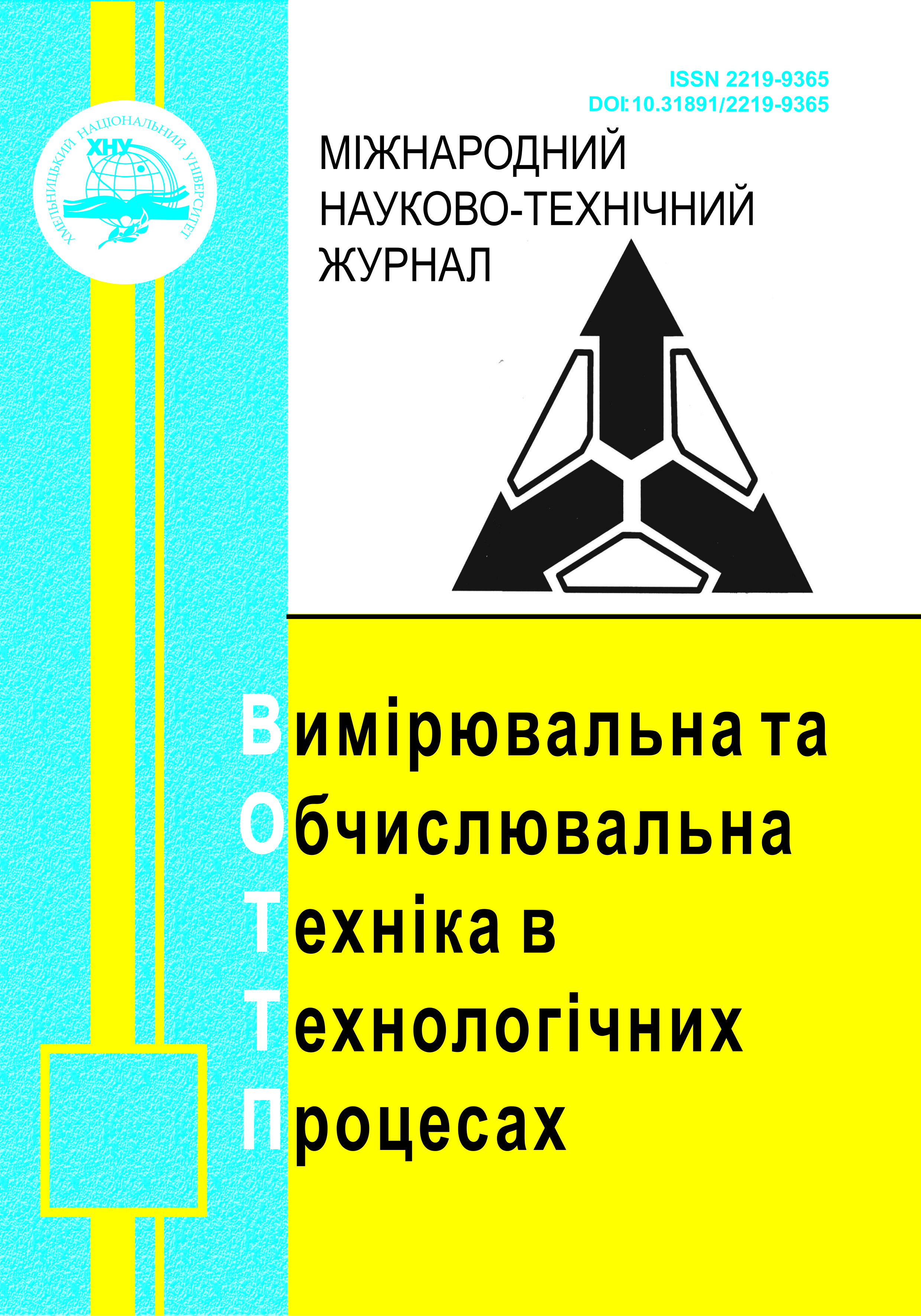CHOICE OF A CLUSTERIZATION METHOD FOR THE PROBLEM OF NAVIGATION OF A WALKING ROBOT IN UNSTRUCTURED ENVIRONMENTS
DOI:
https://doi.org/10.31891/2219-9365-2023-74-5Keywords:
clustering, walking robot, unstructured environmentAbstract
In most cases, the simple methods implemented in devices for household needs and those used in a structured environment with roads, visible obstacles or with certain labels, on which the algorithms of obstacle detection and route construction would be based, may not be suitable for non-standard operating conditions of robots. If it is necessary to carry out search or evacuation measures using walking robots, then these are already difficult conditions with certain features. The main task of the article is to find such a clustering method that would show good results in an unstructured environment with the required accuracy.
The work considers well-known methods of data clustering, which are divided into four main groups based on different ways of data processing and their distribution into clusters. The main concepts on which the principles and algorithms of the methods are based are presented. Based on the analysis of advantages and disadvantages, a group of methods is selected, which is the most optimal for the given task.
An experimental comparison of the selected methods will be carried out on point clouds of unstructured environments. The results are analyzed for the structure of selected clusters, noise detection and speed, taking into account the parameters necessary for the method to work. After analyzing the clustering quality, the method with the best results is selected for further research. Hanging, negative, and positive obstacles such as tree crowns, cliffs, and hills are used for testing the method.

